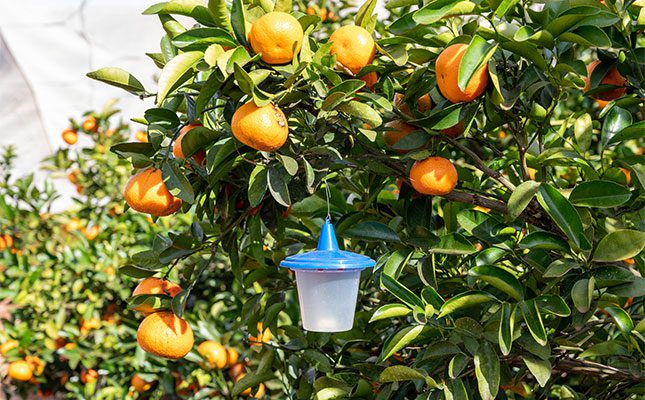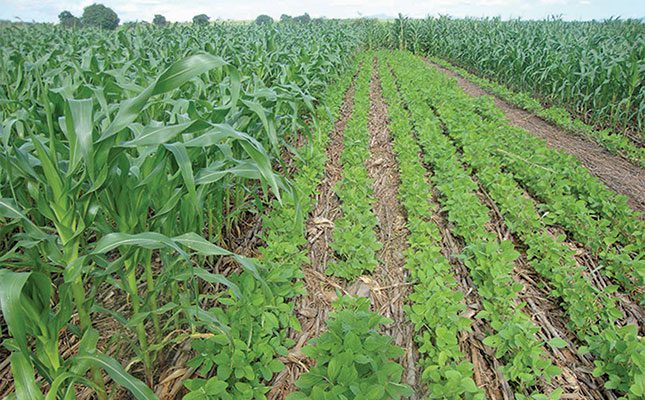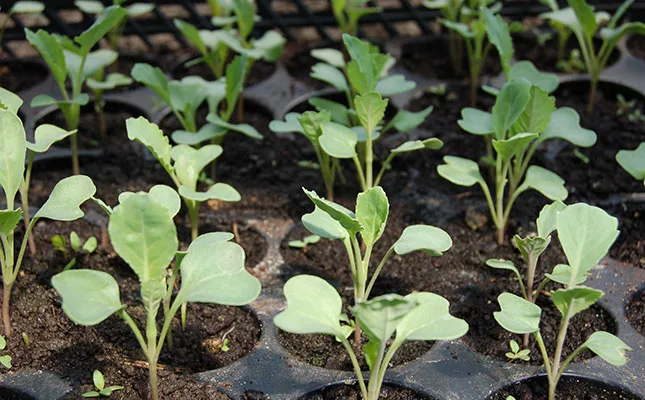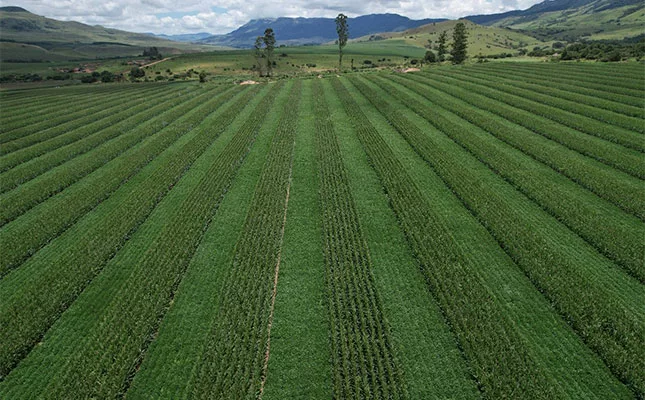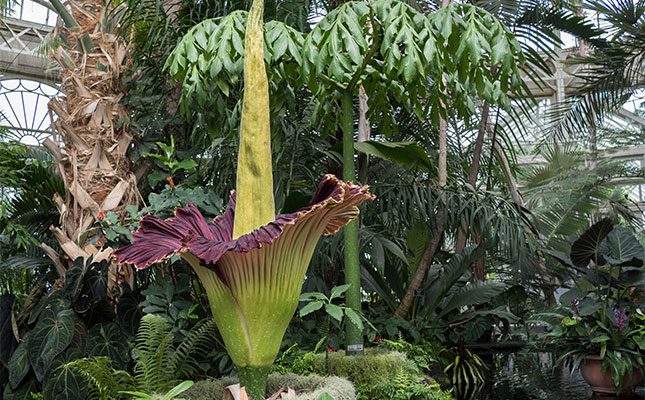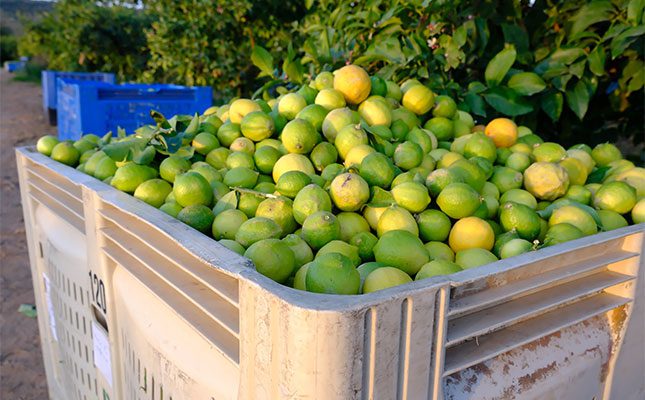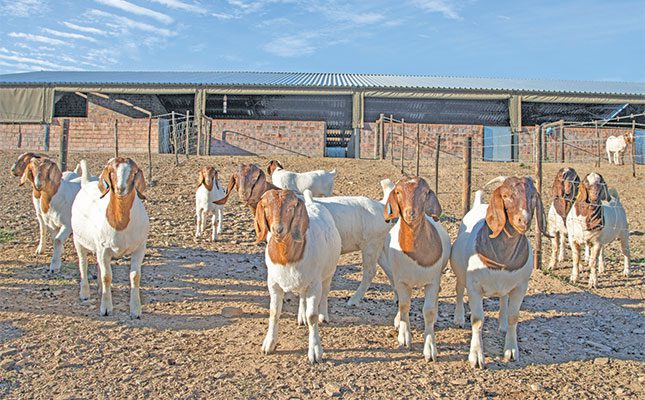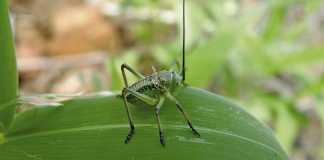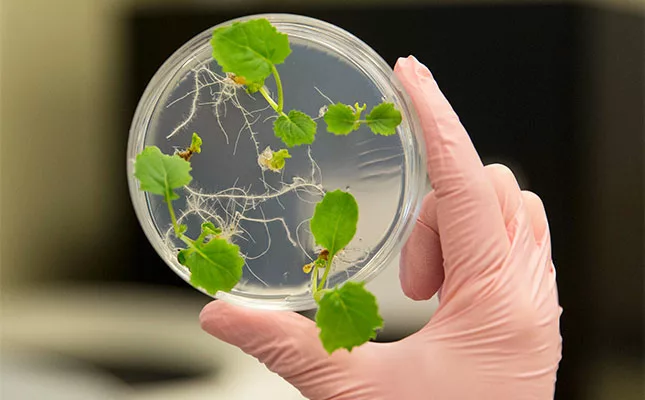
Photo: Supplied
Speaking to Farmer’s Weekly, Chantel Arendse, lead of plant biotechnology at CropLife South Africa, says that for millennia, farmers have relied on conventional breeding techniques to enhance crop traits such as higher yields, pest resistance, and improved nutrition.
“These methods involve crossing plants with desirable characteristics and selectively breeding the best offspring over multiple generations. However, this process is time-consuming and unpredictable,” she says.
She adds that plant biotechnology is an advancement of these traditional methods. It enables scientists to introduce specific beneficial genes directly into a plant’s genome, creating genetically modified (GM) or biotech crops.
“This allows for greater precision, ensuring that only the desired trait is incorporated without affecting other characteristics of the plant,” she says.
The genetic modification process
According to Arendse, genetic modification begins in a laboratory, where scientists use molecular tools to identify a gene with a known beneficial function in one organism. This gene is then copied and inserted into the DNA of a target plant.
Unlike traditional breeding, which shuffles genes through multiple generations, genetic modification allows for the targeted introduction of a single beneficial trait.
An example given by Arendse is when a gene from the soil bacterium Bacillus thuringiensis (Bt) was introduced into maize to create Bt maize, which is resistant to insect pests. The inserted Bt gene enables the plant to produce a protein toxic to specific pests while remaining safe for human consumption and non-target organisms.
Key traits introduced in biotech crops
Arendse says the three most widely adopted biotech traits are:
- Insect resistance (IR): Protects crops from damage caused by targeted insect pests, reducing the need for chemical pesticides.
- Herbicide tolerance (HT): Allows farmers to apply herbicides to control weeds without harming the crop.
- Drought tolerance: Enhances a plant’s ability to withstand water scarcity, ensuring stable yields even in arid conditions.
Arendse says these traits have significantly improved agricultural productivity, making farming more efficient and sustainable.
Selecting genes for modification
According to Arendse, advancements in molecular biology have enabled scientists to sequence entire genomes of plants and other organisms. By studying these genetic sequences, researchers can match specific genes with desired traits, allowing them to introduce beneficial genes with precision.
“We are now able to study genes at a molecular level, understand their functions, and use biotech tools to incorporate the exact genetic material required for desired characteristics,” says Arendse.
This targeted approach reduces the guesswork associated with traditional breeding for the development of improved crop varieties.
Regulatory oversight of biotech crops
Arendse says the introduction of biotech crops is strictly regulated to ensure their safety for human consumption, animals, and the environment. Regulatory bodies assess the potential risks associated with GM crops before they are approved for commercial cultivation.
“In South Africa, regulatory oversight is provided under the Genetically Modified Organisms Act (No. 15 of 1997), within the Department of Agriculture. This process involves rigorous evaluation to safeguard human and animal health while minimising environmental impact,” says Arendse.
The approval process includes scientific assessments of potential allergenicity, toxicity, environmental effects, and overall food safety. Only after passing these evaluations are biotech crops released for cultivation and consumption.
Time and investment in biotech crop development
Developing a new biotech crop variety is a lengthy and resource-intensive process. From initial research to commercial release, it takes an average of 16,5 years and requires an investment of approximately US$115 million (about R2 billion).
A significant portion of this time and cost is attributed to meeting regulatory requirements and conducting extensive safety evaluations.
“The regulatory bottlenecks remain one of the biggest challenges in bringing new biotech innovations to market,” says Arendse.
Despite the hurdles, continuous advancements in biotechnology promise to bring more resilient and productive crops to farmers in the coming years.
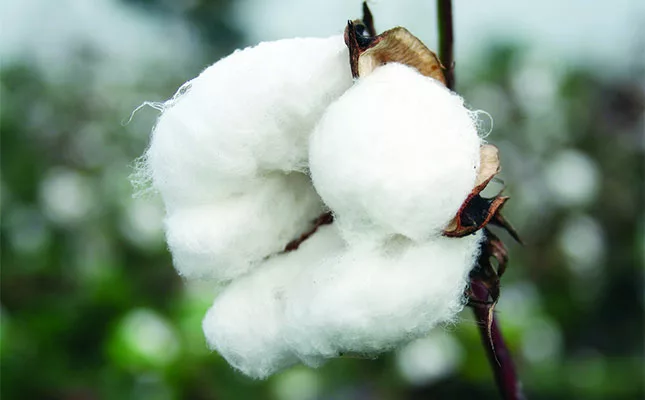
Global adoption of biotech crops
According to Arendse, biotech crops are widely cultivated across the world, contributing to increased agricultural productivity and sustainability. According to 2023 statistics from AgbioInvestor GM Monitor, biotech crops were grown on 206,3 million hectares across 27 countries. The leading biotech crops include:
- Soya bean – over 100 million hectares
- Maize – 69,3 million hectares
- Cotton – 24,1 million hectares
- Canola – 10,2 million hectares
Arendse says the widespread adoption of these crops highlights their effectiveness in addressing global agricultural challenges.
Contributions to food security and sustainability
Arendse says that over the past 25 years, biotech crops have significantly contributed to global food security. Data from PG Economics shows that crop biotechnology has enabled an additional production of
- 330 million tons of soya beans
- 595 million tons of maize
- 37 million tons of cotton lint
- 15,8 million tons of canola
- 1,9 million tons of sugar beet
By improving crop yields and production efficiencies, biotech crops reduce reliance on chemical pesticides and promote sustainable farming practices.
The integration of herbicide-tolerant and insect-resistant traits has led to a reduction in pesticide applications and soil tillage, minimising the environmental footprint of agriculture.
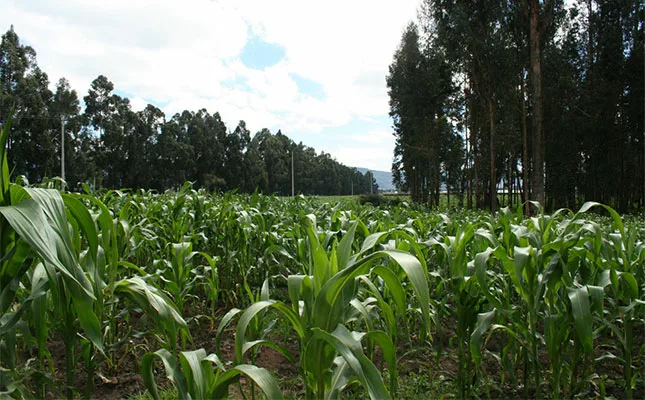
Safety of biotech crops for human consumption
Arendse says biotech crops undergo rigorous testing to ensure they are safe for consumption. Regulatory agencies require extensive studies on toxicology, allergenicity,
and compositional analysis to confirm that GM crops are equivalent in safety to conventional crops.
“GM foods are among the most stringently regulated foods available today,” says Arendse.
Independent scientific evaluations by organisations such as the World Health Organization and national food safety authorities worldwide have confirmed that GMOs pose no health risks.
“There has never been a rejection of GM crop approvals due to safety or health concerns,” says Arendse.
This extensive research and regulatory oversight ensure that biotech crops are as safe as their conventional counterparts.
Challenges in developing biotech crops
According to Arendse, despite their benefits, the development and adoption of biotech crops face several challenges:
- High costs and regulatory rottlenecks: The extensive research, testing, and regulatory requirements make it difficult for public research institutions and small companies to enter the biotech sector.
- Misinformation and public perception: Activist groups continue to spread misinformation about GMOs, creating fear and uncertainty among consumers.
- Lack of global harmonisation: Regulatory requirements for GMOs vary across countries, delaying approvals and limiting international trade. Arendse says overcoming these challenges requires improved communication, education, and policies that streamline regulatory processes without compromising safety.
Impact on biodiversity and the environment
Arendse says the adoption of biotech crops has positively impacted biodiversity and the environment through sustainable agricultural practices. Over the past 25 years, biotech crops have:
- Increased crop yields by 22%, reducing the need to expand farmland into biodiverse areas.
- Promoted conservation tillage, leading to healthier soils, reduced erosion, and improved soil moisture retention.
- Reduced CO₂ emissions by decreasing the use of fossil fuels in agricultural machinery.
“These benefits demonstrate how biotech crops contribute to sustainable farming while protecting natural ecosystems,” says Arendse.
Future advancements in biotech crops
Looking ahead, scientists are developing biotech crops with enhanced traits such as:
- Heat and cold tolerance to withstand extreme climatic conditions.
- Salt tolerance to enable cultivation in areas with high salinity levels.
- Improved nitrogen uptake efficiency to reduce the environmental impact of fertilisers.
“These innovations will make crops more resilient and adaptable, helping farmers produce food more efficiently in the face of climate change,” says Arendse.
She says that through genetic modification, scientists can introduce precise traits that enhance yield, resilience, and sustainability.
Despite challenges such as regulatory hurdles and misinformation, biotech crops continue to demonstrate their value in ensuring global food security. With ongoing advancements, the future of biotech crops holds even greater promise for agricultural innovation and sustainability.
For more information email Chantel Arendse at [email protected].

